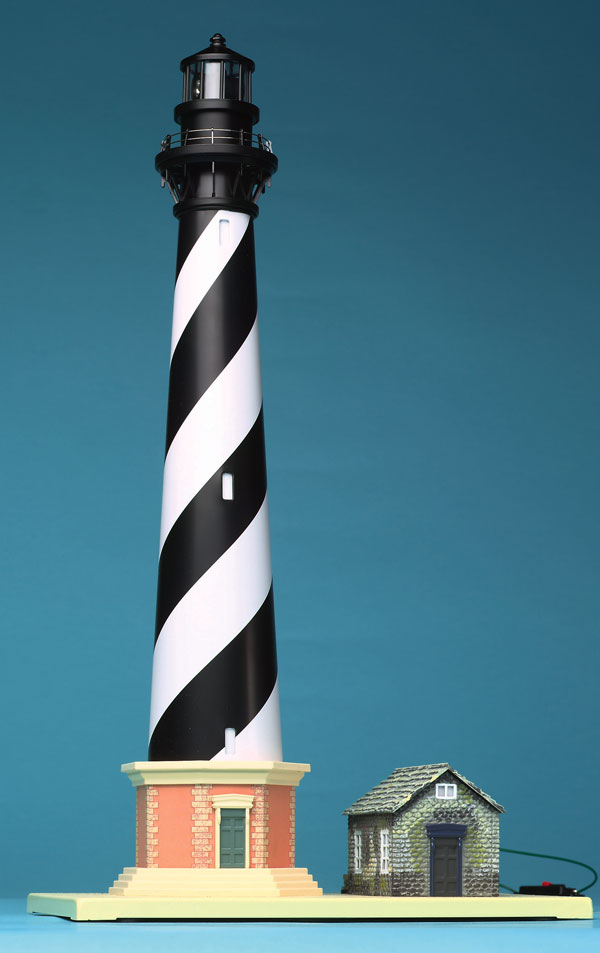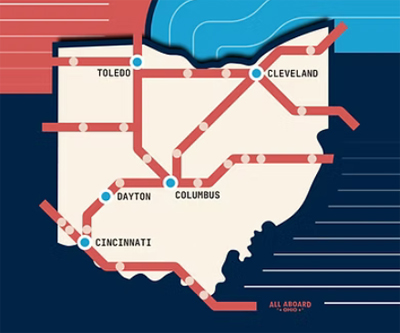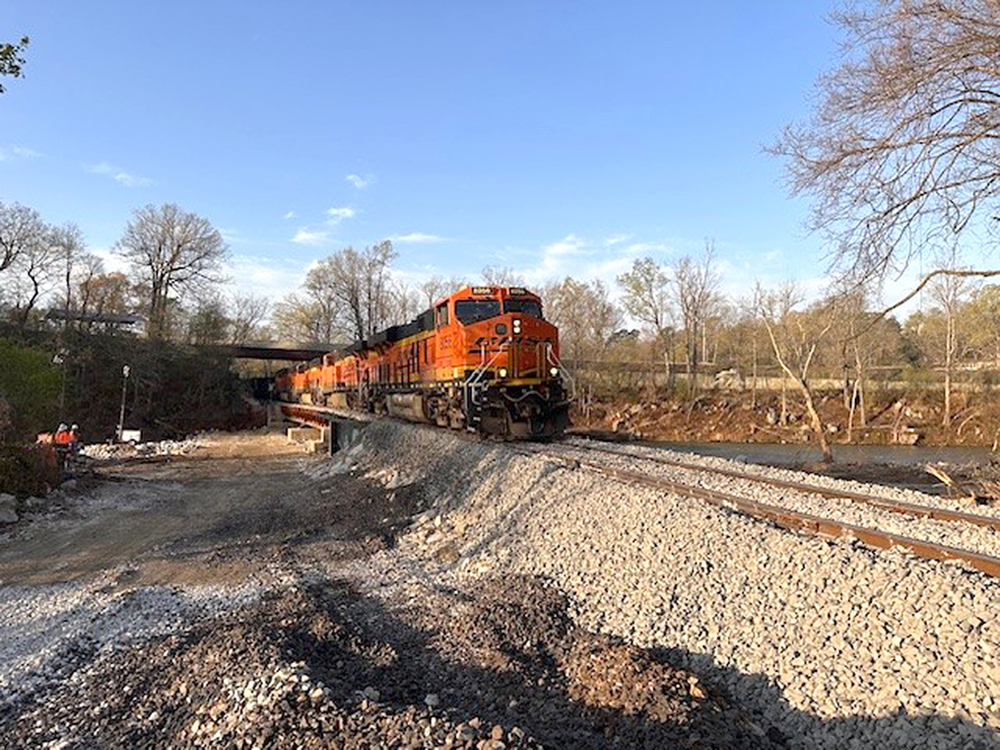Lighthouse-related collectibles are hot these days, and thanks to Lionel, modelers can now enjoy an O gauge model of a lighthouse that looks much like the famous one on the Atlantic coast at Cape Hatteras, N.C.
Some operating accessories intentionally interrupt or compete with the activities of our trains. For example, you typically stop your freight drags when using a coal loader or culvert unloader. Those active accessories demand your full attention to them.
Other accessories, like the no. 14087 Lionel Lighthouse, are passive and complement your trains as they go through their paces. Like an operating oil derrick or crossing gate, you can sit back and take in the magic without the need to shut down your passenger streamliners and freight trains.
The 18-inch-tall Lionel Lighthouse features a sheet-metal metal tower on an 8 by 12-inch metal base.
The tower is a visual delight. It has alternating black and white stripes wrapping around its structure until reaching the black cap and house. Inside are two bulbs on a rotating arm. At the base is a small shack, presumably where the keeper of the lighthouse lives. (The plastic shack, interestingly, has the same window arrangement and proportion of the metal bridge house of Lionel’s no. 313 bascule bridge.)
Wiring couldn’t be easier. The instructions explain how to operate your lighthouse from track power, a separate power source, or even command control.
Hollow barrels are used as caps to hid the power terminals on the lighthouse base, a clever idea.
After plugging in the transformer, I had to make a difficult choice. Did I want to run my lighthouse with or without sound? Naturally, I was eager to hear the “realistic” foghorn. So I slid the control switch all the way over to “sound.”
Immediately, the searchlights illuminated the room and began slowly rotating. At the same time, I heard the unmistakable groan of the foghorn. It sounded perfect … too much so! There was no pause between blasts, and soon my co-workers were asking me to shut the CTT workshop door or change the control so only the lights turned on.
Beyond the rapid repetition of the foghorn, I found this accessory terrific. I could sense that ships that might have been blindly pushing their way toward the brick and mortar headquarters of Classic Toy Trains were shifting course at the last possible second to avoid disaster. Once more I found myself saying, “Thanks Lionel. You’ve saved the day!”














